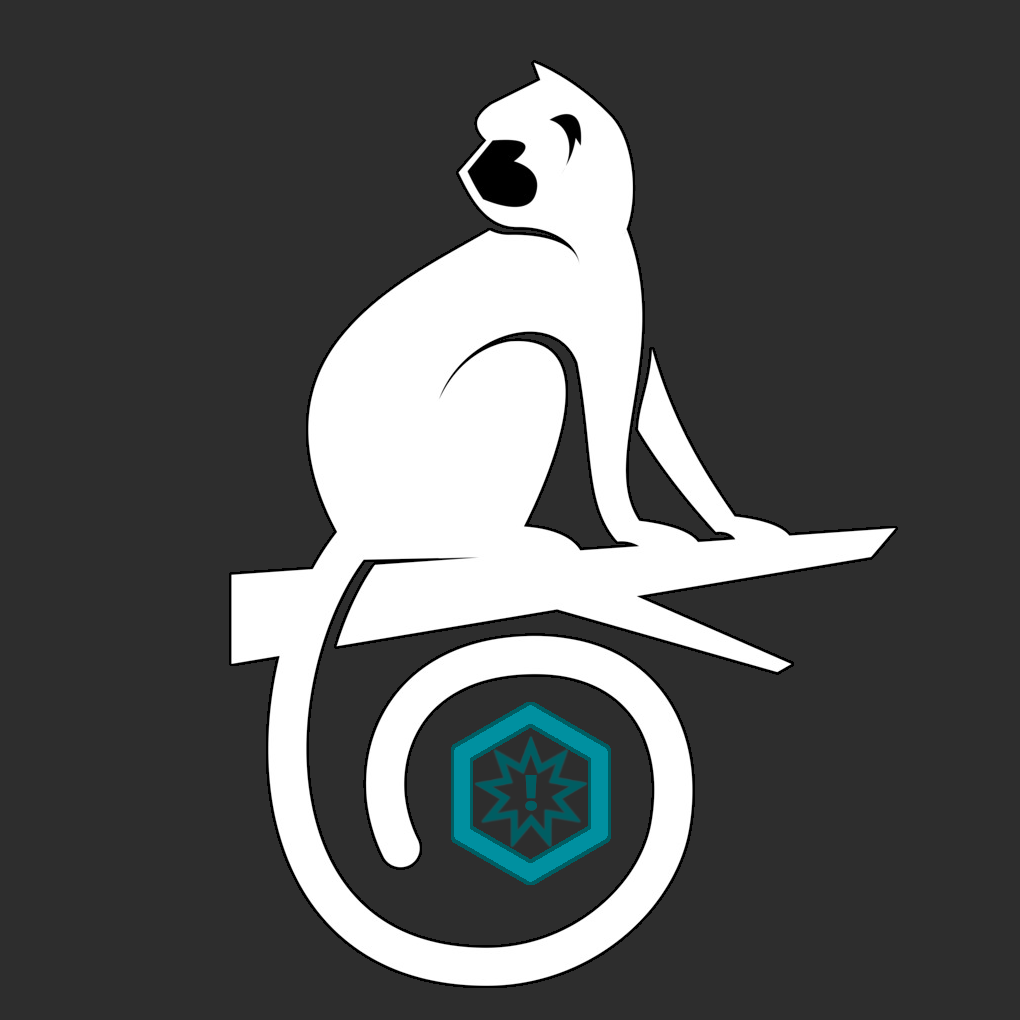Hello players and welcome to the fourth article of the series “Advanced feature token placement in flex and hold objectives playstyle“.
In the previews three articles we talked about what we can do when we have 3 objectives, now we will see what we can do when we have board placement and 2 objectives. In this case you can use two different tactics: the Destroy the Outpost tactic (the tactic we will analyze today) is good against aggro, the Plant the Flag tactic is good against hold objectives but can be good also against aggro.
Having boards placement is usually the main choice against an aggro opponent and the secondary choice against a hold objectives opponent.
Remember that in these articles we use the “conventions” you can see in the paragraph “Practicality” at the end of the Introduction you can find here.
Destroy the Outpost tactic
In the case you face an aggro opponent you can use a tactic we can call the Destroy the outpost tactic, or simply DtO tactic. What you want to do here is keeping your opponent far from you, so you can choose off-set board configuration (if you prefer long-board configuration you can use the Plant the Flag tactic we will see in the next article), but you also want to have a decent objective placing avoiding the opponent to disrupt your configuration with their first objective.
In order to do this, you have to use a DtO board, like The Cursed Oubliette that you can see in the picture below, in which it is not free for objective token placement the key hex that would give the opponent a perfect hold objective disruption, the outpost (hex 3, line 2, highlighted in red in the picture). In this way your opponent won’t put the first objective in the outpost hex, the most disruptive place.

With off-set configuration, if you don’t use a DtO board, your opponent can put their first objective in the outpost and in this case you would have just 1 very safe objective and 1 exposed. You can see this in the next picture: By placing his first objective in the outpost he will place an exposed objective in your territory, and he will be able to block all the hexes you can see highlighted by a wound token, giving you the possibility to place only one other objective in your territory. Not a strong start for you!

Coming back to the DtO tactic, as the first of the pictures below shows, in any case, if your opponent doesn’t try to disrupt your objective placing, you will have 2 very safe objectives; using DtO tactic, if they try to disrupt your objective placement, you will still have 1 exposed or at least reachable objective plus a combination of 2 very safe, safe, almost safe or a little exposed objectives, depending on what disruption tactic he will use and also on the boards you chose (some examples in the next pictures).



The 3 hexes in which the opponent placed the objective 1 (picture 2: hex 5, line 2; picture 3-4: hex 4, line 3; picture 5-6: hex 3, line 3) are, in order from least to most, the most disruptive hexes where they can place the first objective if you use the DtO tactic. We can call those hexes secondary outposts. You may notice that if you find a board that avoid the positioning in the outpost, but also in one or more of these secondary outposts, you will have an even more safe place; this is the case of the Shyishian Stardial you can see in the picture below (the outpost and each secondary outpost is highlighted in red), a very good option for left to right (like this symbol: /) off-set configuration.

Another excellent left to right DtO board is Chamber of Genesis, but you can also use a board like Profane Larder. You can see these three boards in the pictures below that show some examples of what can happen if your opponent tries to disrupt your configuration.

For the right to left (like this symbol: \) off-set configuration you have other options: in Bloodtrap Hive the outpost and each secondary outpost are disrupted, Bonefields and Ambertrap Nest are two other options. As for the other off-set configuration, you can see these three boards in the pictures below that show some examples of what can happen if your opponent tries to disrupt your configuration.

Another good tip in matches with off-set configuration, if you are not facing a pure aggro and you are not a pure hold objective, is to not hide too much all of your fighters, in many cases you need to put one bait fighter in a way that it is reachable for your opponent if they put themself in a non-optimal situation. If this trap works, you will probably have a great response and the upper hand for the entire match.

That’s all for today, I hope that you enjoyed this article! Next time we will see what we can do placing long-boards, on Sunday March 27, we will see the “Plant the Flag tactic” :).


Leave a comment